Innovation beyond automation

for the latest insights
The term innovation has been around for many years but what do people actually mean when they try to be innovative?
It has become somewhat of a phenomenon that the organisations who look for innovative ideas and innovative ways of doing something often associate this term with simply automating their manual processes. They look for ways of doing things faster or simpler while hoping to improve efficiencies and maybe save some money in the process.
At UBDS we are always happy to deliver the outcomes that our clients desire, but we also make sure to bring their attention to the possibilities of innovation that exist beyond simple automation.
As Tom Freston, co-founder of MTV, said:
“Innovation is taking two things that already exist and putting them together in a new way”
Since it appears to be easier said than done, below are some steps that can help you and your organisation to tap into the full potential of innovation at its best:
1. Identify the underlying problems worth solving
Before unleashing the innovative forces within your organisation, it is important to identify and differentiate the underlying key problems from those that only appear as problems on the surface. Aligning them with your business strategy, goals, and objectives will ensure that they are worth solving and therefore worthy of allocated resources such as time, money, and people. A useful tool that can help you solidify this process is creation of a problem statement in a ‘How might we…’ format which ensures that the final solution is designed to deliver the desired benefits for end users.
2. Don’t let the fear of failure stop you in your tracks
People often dismiss their ideas and mark them as ‘bad’ way too early in the innovation process, often because they can’t immediately imagine the solution that would make this idea work. It is important to understand that ideas should not be defined as ‘good’ or ‘bad’ based on EXISTING solutions that could make them happen. Great ideas are those that address the existing pains of people or organisations and are aligned with their core needs. Creative solutions then naturally develop in order to provide innovative ways that make such ideas a reality.
Flying to the moon was also just an idea without a real solution once upon a time!
3. Accept problems as a part of your innovative process
Imagine if David R Humble, who invented the self-service till in 1984, dismissed this idea just because he couldn’t immediately figure out how to prevent items being stolen. Or if an idea of being able to fly to another continent within hours was dismissed early on just because some people might have said it was impossible. These and many more innovative ideas were pursued and became a reality thanks to viewing the associated problems as challenges that can be addressed through appropriate application of technology and pushing the set boundaries.
Today, the world is full of inventions that are taken for granted but which at some point in the past, represented innovative ideas of a brave future world for someone who was not afraid to question the established norms and assumptions.
4. Encourage thinking outside the box
Thinking outside the box, which is crucial for generating innovative ideas doesn’t come easy for some people. On the contrary, often people have to think within their ‘box’ or context of their work, to do their job well. Imagine a developer or customer service desk trying to reimagine and rethink the work they do every single time a new query comes in. However, when the time is right and areas for innovation are clear, the right mindset can be encouraged through a number of tools, techniques and exercises. For example, ‘What would X do?’, ‘Analogy Thinking’ or ‘Opposite Thinking’ are great ways to get your team to challenge their assumptions and find inspiration in areas outside of the existing work environment.
Companies that reinvented themselves
History has shown us a number of amazing applications of innovation and creative approaches to problem-solving.
The first great example is a well-loved company called LEGO. Before the year 1958, LEGO faced the same dilemma that many toy manufacturing companies do – How do we make our toys stand out and desired? Through product innovation, LEGO decided to shift their focus from making toys as finished products and instead manufacture individual bricks that could be connected to each other in a myriad of ways. In doing so, LEGO broke conventional boundaries around the limitations of toys and provided a product that was limited only by the imagination – a disassembled toy that produces an endless number of toys.
Similar examples of innovation can be found in other hugely successful companies, such as Netflix, Starbucks, Play-Doh or Uber, just to name the few.
The above listed companies are only some examples of amazing outcomes that can happen if we decide to take a strategic step back and approach problems with a unique perspective.
If you feel like your organisation should be amongst those listed above and are ready to start your journey of innovation beyond automation, do not hesitate to contact us. UBDS has experience in helping our clients to identify the problems that are worth solving, uncover the key underlying issues and areas where resources should be allocated, as well as bringing innovation and creativity into your organisation.

Looking for
exceptional outcomes?






